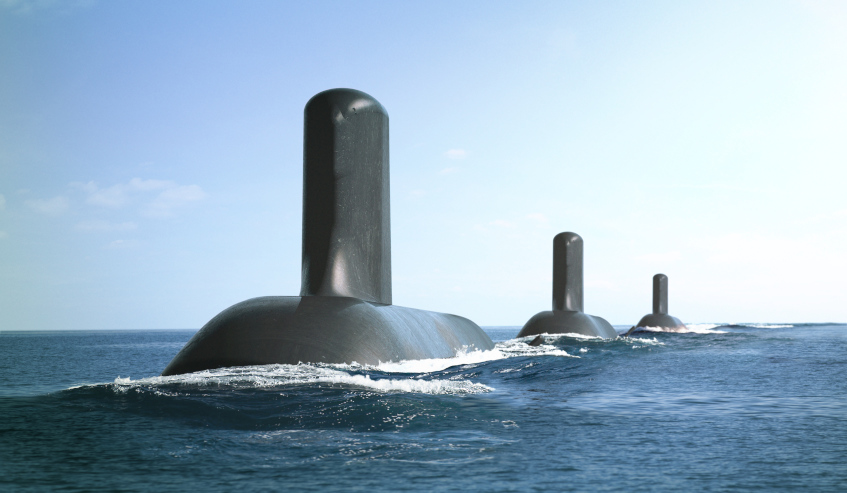Defence says claims of low-speed inefficiency of the proposed propulsion system for Australia’s Future Submarines are wrong.
To continue reading the rest of this article, please log in.
Create free account to get unlimited news articles and more!
In a response to an issue raised during a hearing of the Senate committee inquiry into Australia’s naval shipbuilding industry in June, Defence said the performance of a submarine pump jet could not be derived from a comparison with the performance of surface vessel propulsors.
The Defence response was released to the committee this month and ran to six pages, with pictures.
Even though Australia’s new submarines are still in design, their propulsion system remains a hot topic.
French submarine company Naval Group, formerly DCNS, offered Australia a pump jet propulsion system similar to that on their nuclear submarines. The key benefit is extremely low sound signature.
But physicist Aidan Morrison said pump jets just didn’t deliver high efficiency at the low speeds of conventionally powered submarines, pointing out that pump jets were common on nuclear boats but rare on diesel electric powered boats.
He said in comparison between two otherwise identical submarines, one with a pump jet and the other with a conventional propeller, the pump jet powered boat would have less range and endurance.
“The key conclusions that I arrived at were that pump jets have a far lower efficiency than propellers at a low speed of travel in contrast to high speeds, where jets tend to become more efficient,” said Morrison.
Morrison produced a detailed 91-page report that Defence subsequently examined, with help from experts in the Defence Science and Technology Group.
In its response, Defence said pump jets were not common on small diesel–electric submarines as they were heavier than conventional propellers and therefore not compatible with the weight balance of these smaller vessels.
“However, as the size of the submarine increases, a pump jet can be accommodated, bringing its attendant advantages over conventional propellers,” it said.
Defence said propulsors were designed for differing purposes with the goal of optimising vessel performance for its intended role.
“This is especially the case when it comes to pump jets for submarines,” it said.
“The predicted performance of a submarine pump jet needs to be assessed with regard for the hydrodynamic performance of the submerged submarine, having considered how the design of the pump jet has been matched to the hull design to optimise the overall performance of the submarine for its intended roles.”
Defence said pump jet design had advanced over many years with particular focus on the characteristics of all propulsor components.
“Notably many of these characteristics are classified and must remain so to protect all of the benefits that Australia will leverage to promote the regional superiority of the Future Submarine,” it said.
Defence said Australia’s geostrategic circumstances required a larger conventional submarine than those currently produced for export to other parts of the world.
The design of the Future Submarine was progressing to plan.
“Its size remains appropriate to the inclusion of a pump jet that can be designed to optimise the performance of the submarine for its intended roles,” Defence said.
“Similar considerations apply to decisions about other technologies for the Future Submarine, including battery and other propulsion technologies.”
Defence said decisions on these technologies would be informed by their intended applications when considered against proposed submarine missions, along with assessments of technical risk impacting cost, schedule and performance.

 Login
Login







